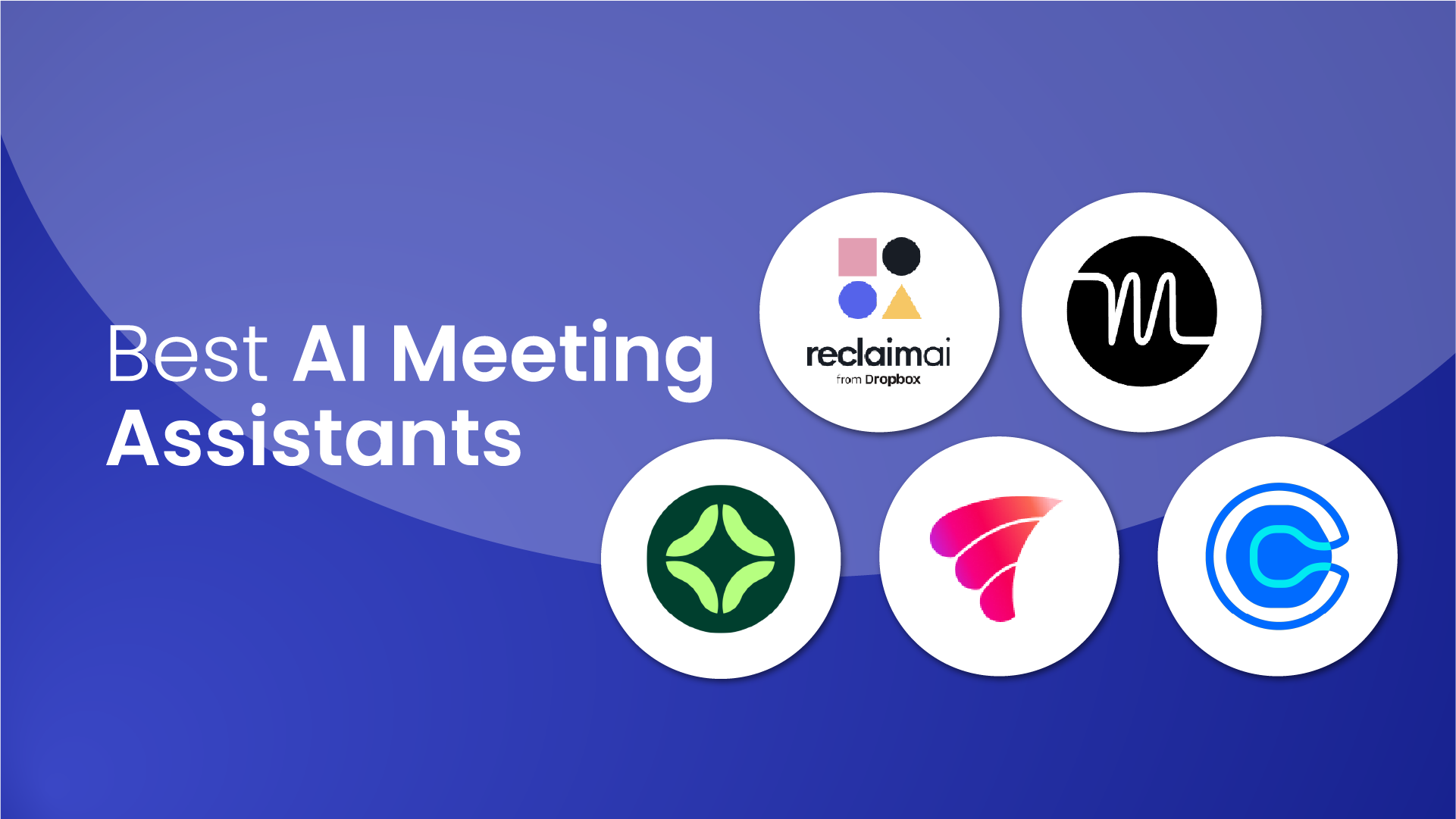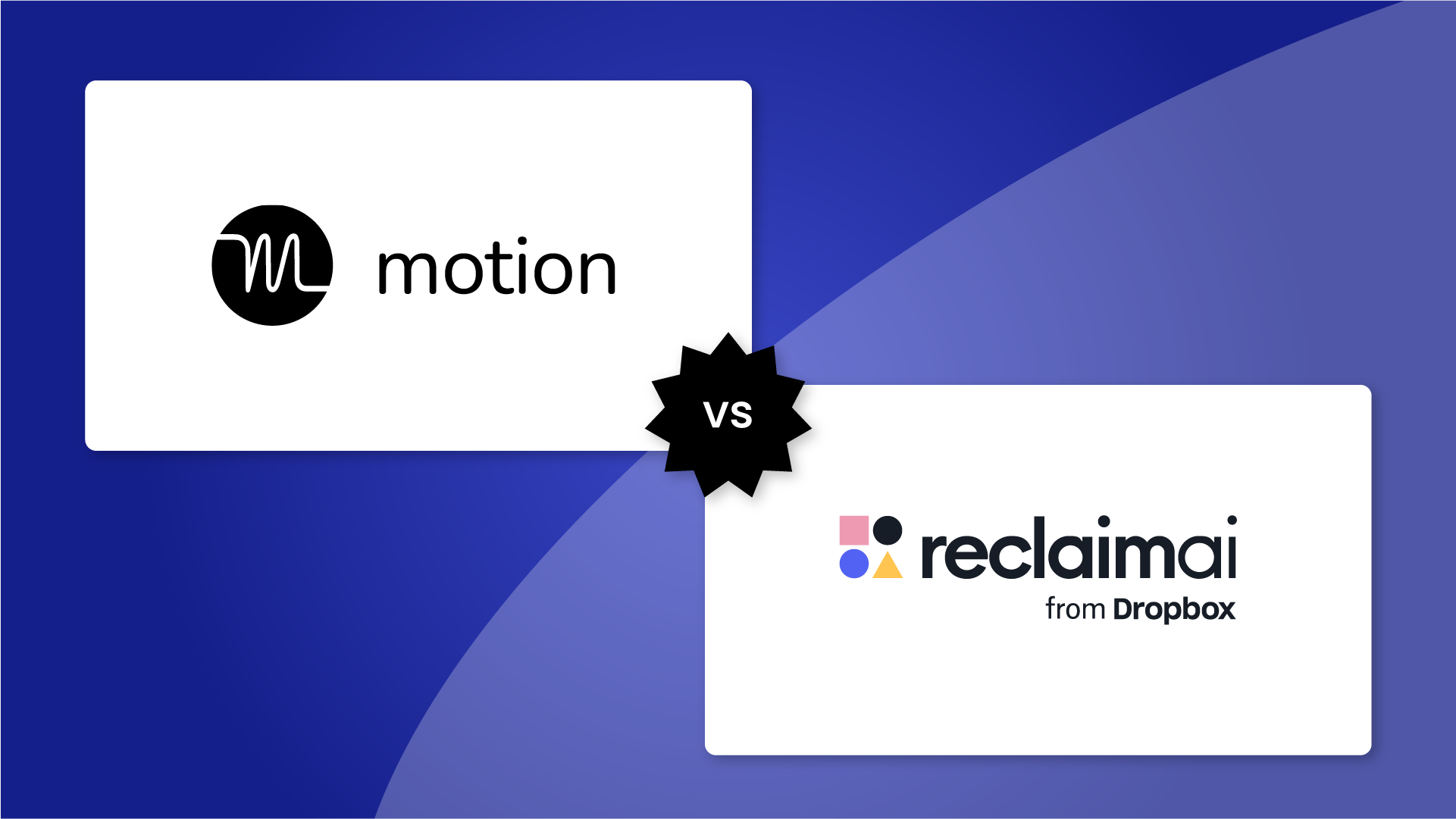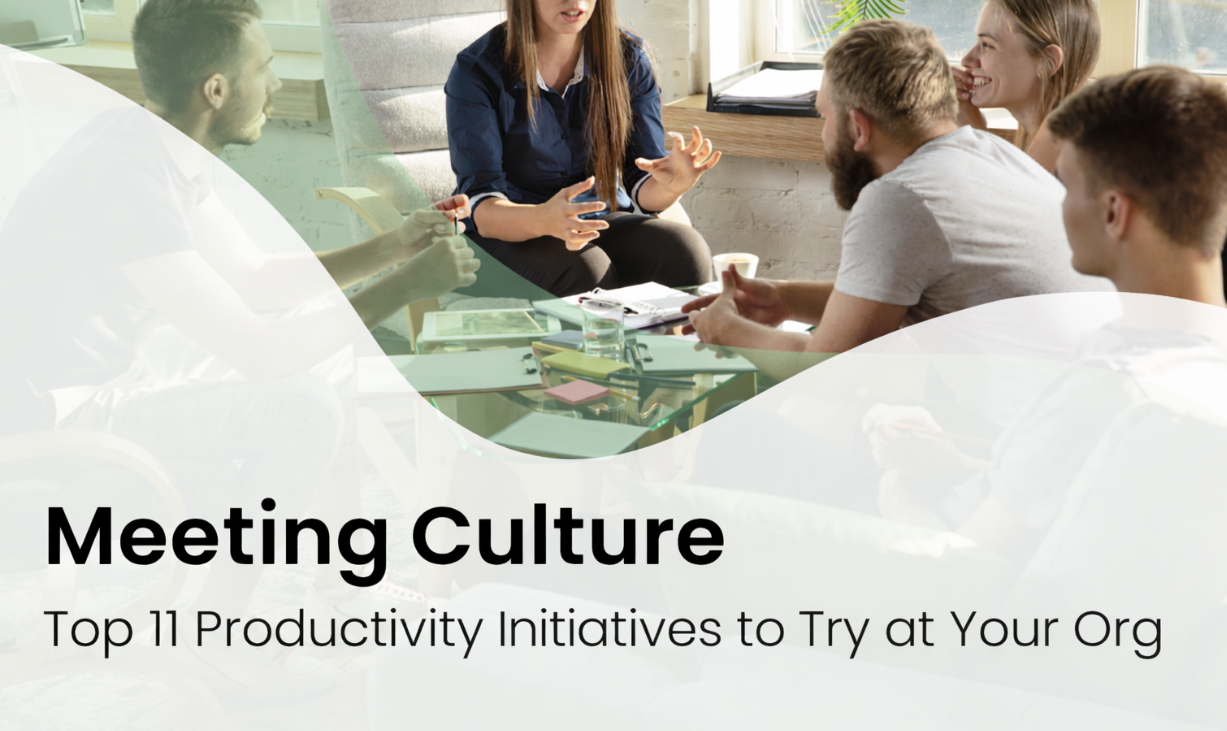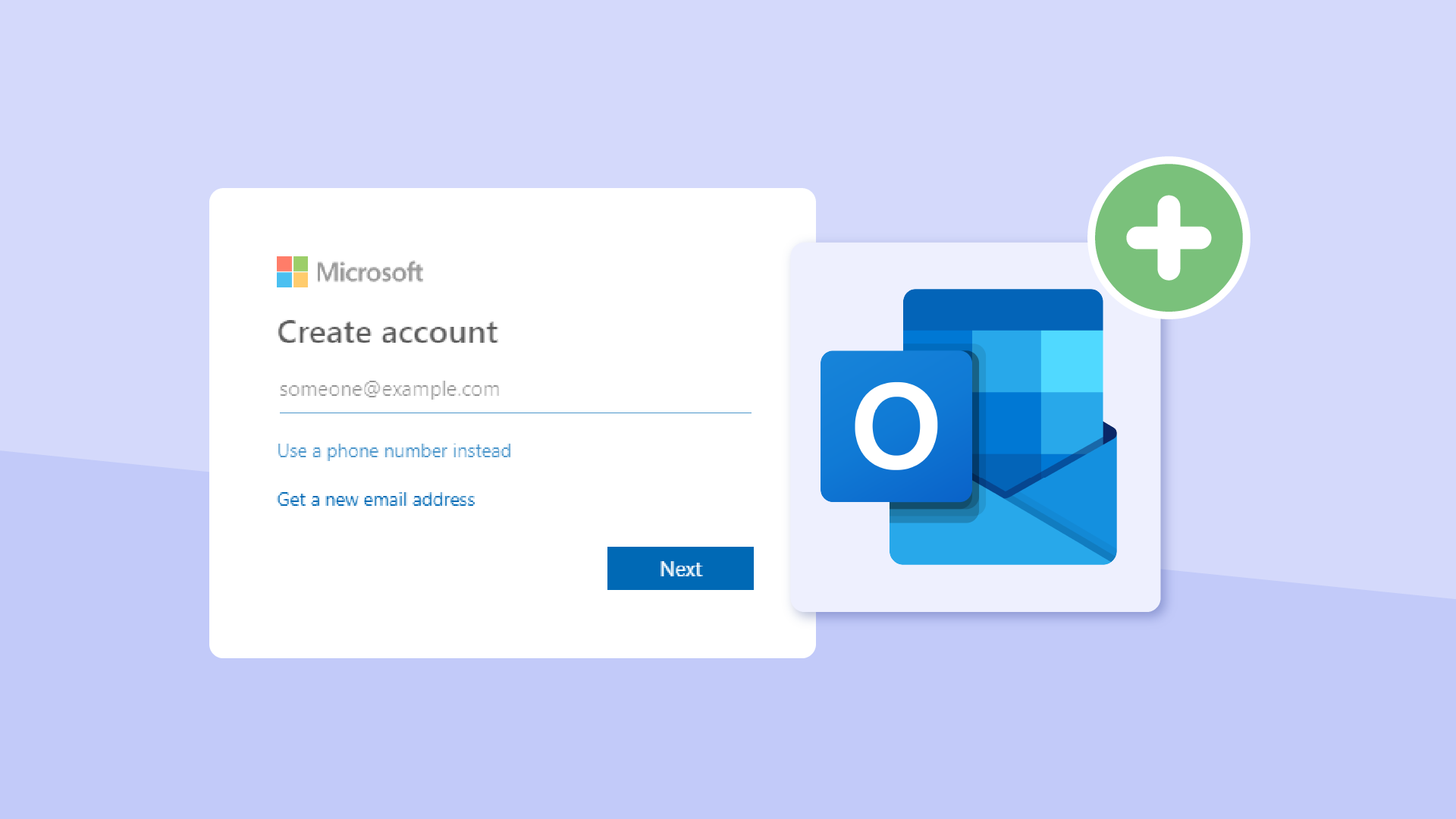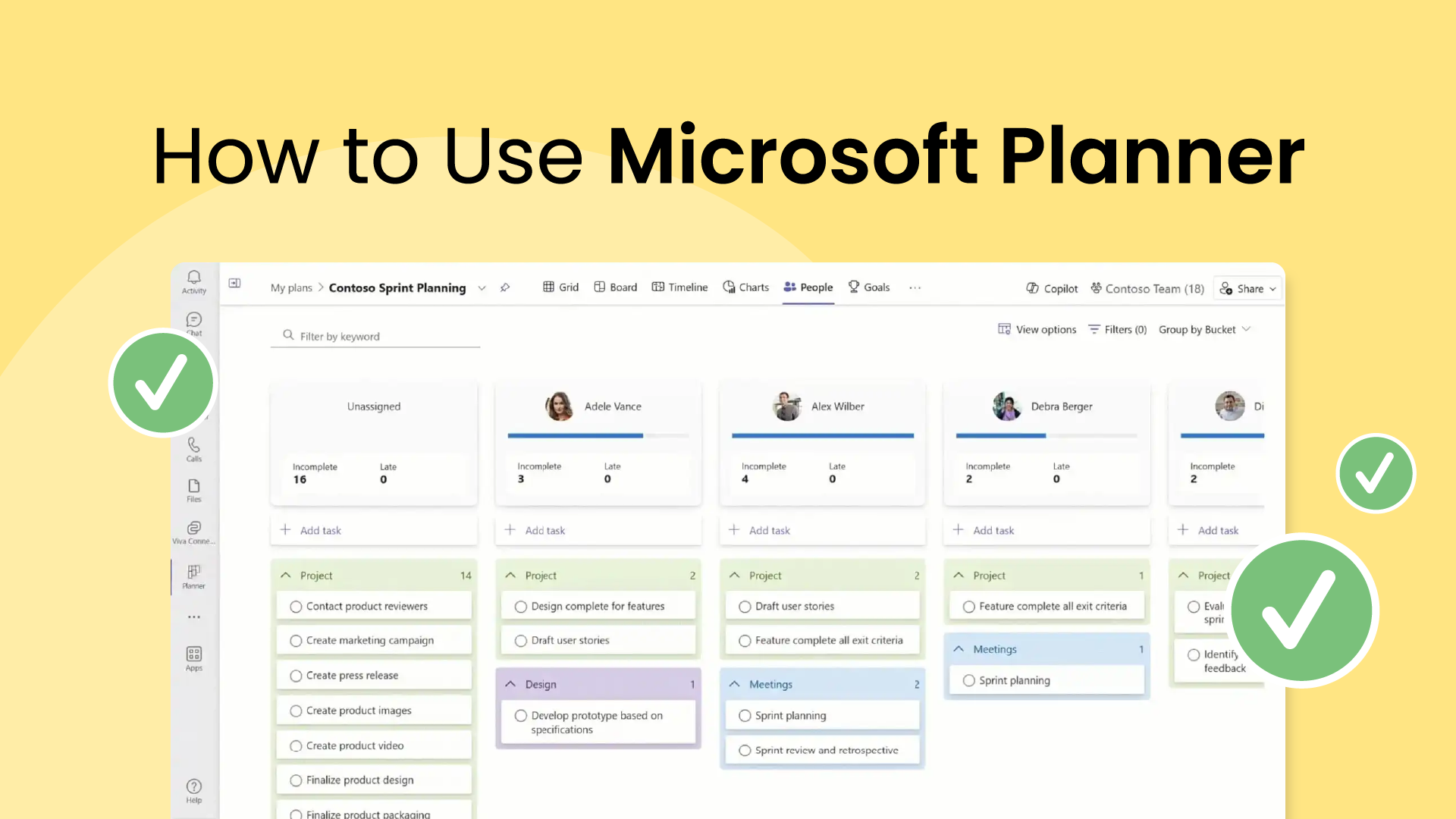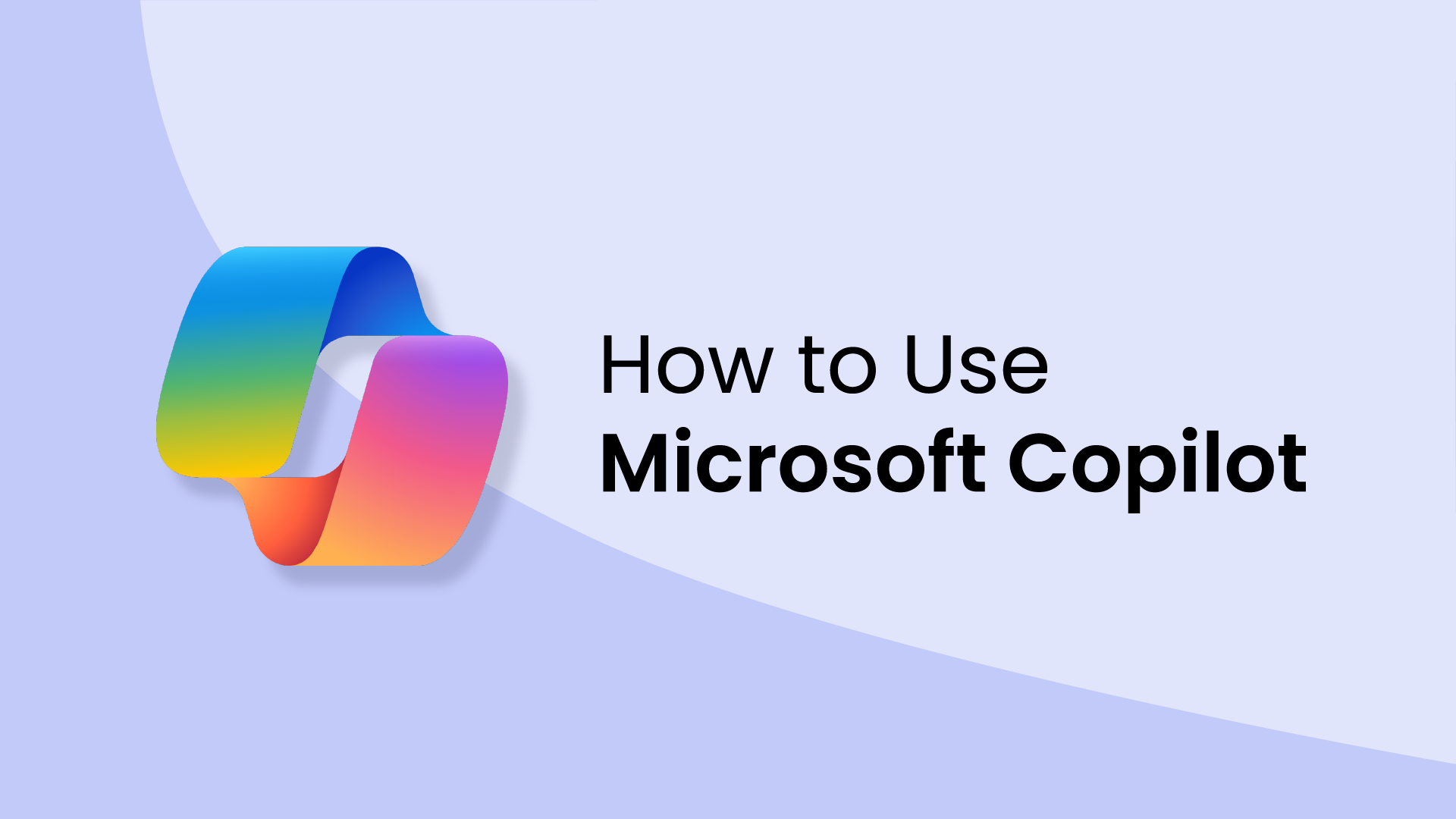A Microsoft account is your gateway to a wide range of Microsoft services and products. From accessing essential services like Outlook and OneDrive to enjoying the vast world of Xbox gaming, Microsoft does an excellent job at creating a seamless online experience.
If you're wondering how to create a Microsoft account, you're in the right place. In this easy-to-follow guide, we'll walk you through each step, guaranteeing you're up and running in no time.
How to create a Microsoft account (in just 3 steps)
Ready to get started? Let's walk through the simple steps to create your Microsoft account.
1. Visit the Microsoft account creation page
To begin, open your preferred web browser (such as Chrome, Firefox, Safari, or Edge). From there, you'll want to navigate to the Microsoft account page and click "Sign In" to continue with your registration process.
(This is the page where you’ll come for all future sessions to access your Microsoft account.)
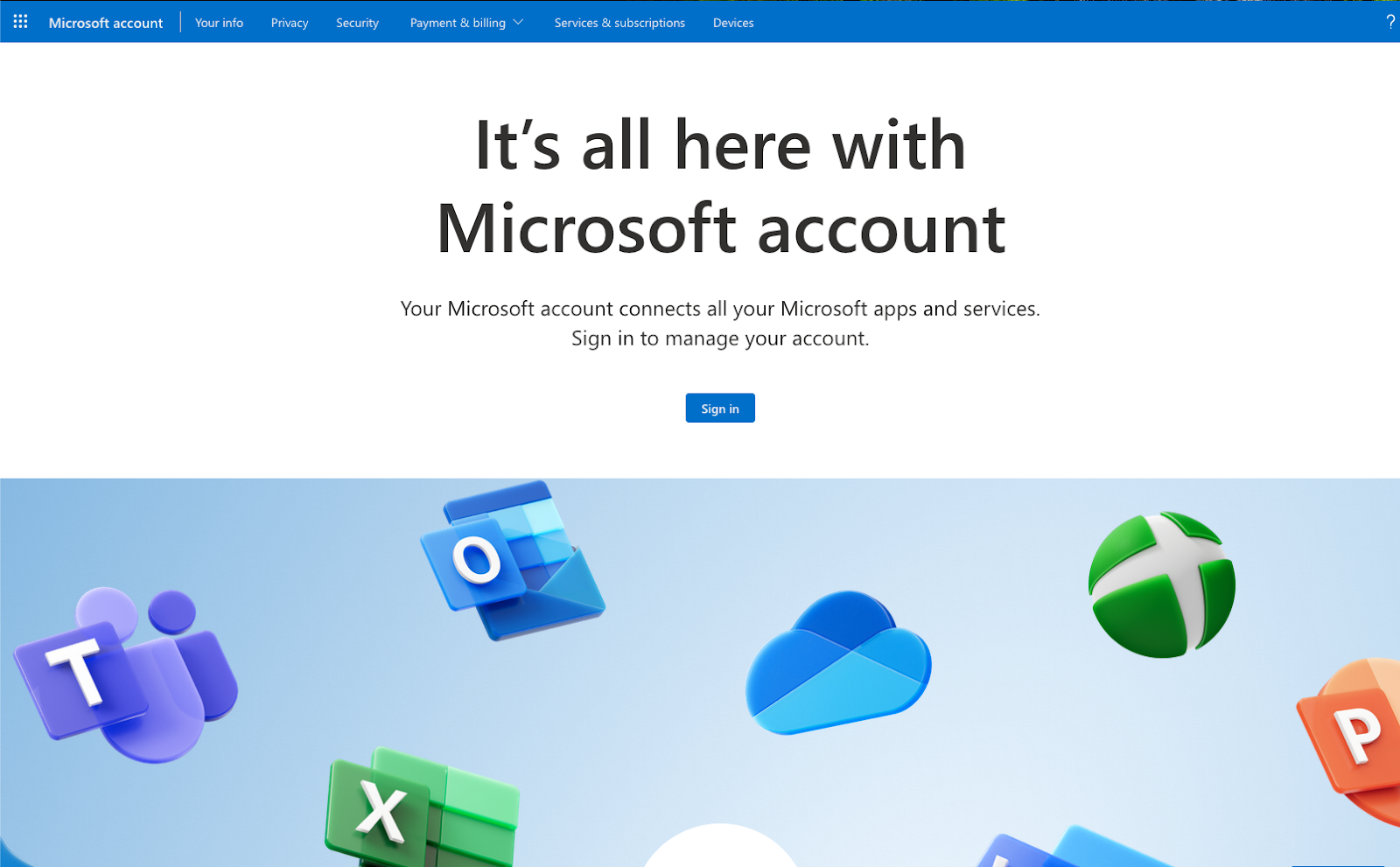
2. Enter your email address or create a new one
After you click "Sign In," you'll be redirected to the Microsoft login window. If you’re not, you should see a prompt that states "No account? Create one!"
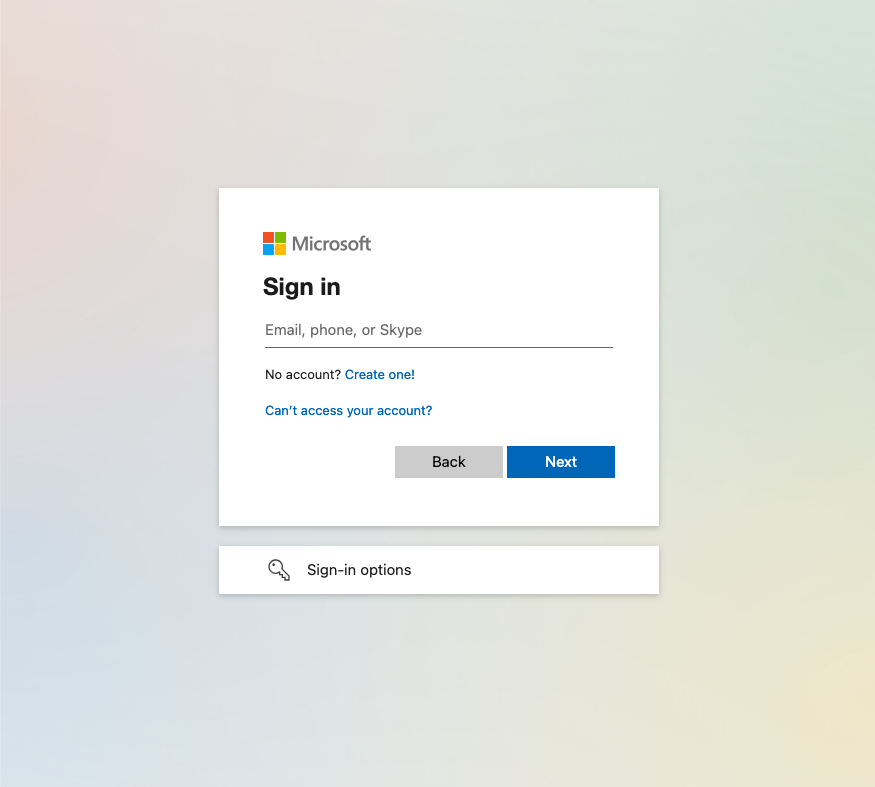
On the Microsoft account creation page, you'll be prompted to enter an email address. You have two options here:
- Use an existing email address: If you already have an email address you'd like to associate with your Microsoft account, simply type it into the provided field. This could be an email from any provider (Gmail, Yahoo, etc.).
- Create a new Outlook.com email address: If you prefer to create a brand new email address specifically for your Microsoft account, click on the "Get a new email address" option. You'll then be guided through the process of creating a new Outlook.com email address. Choose a username that's memorable and reflects your identity or interests.
Once you've entered or created your email address, click "Next" to proceed to the next step.
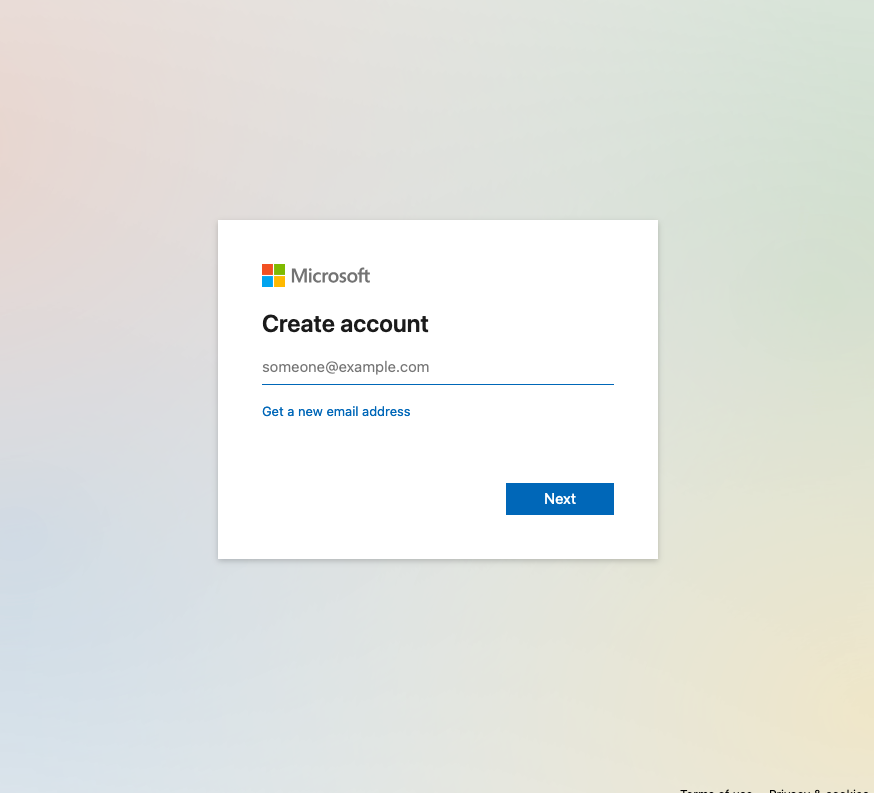
3. Create a strong password
The password you choose is your first line of defense against unauthorized access to your Microsoft account. For maximum security:
- Complexity: Craft a password that's at least 12 characters long and incorporates a mix of uppercase letters, lowercase letters, numbers, and symbols (like !@#$%^&*). The more varied your password, the harder it is to crack.
- Avoid the obvious: Steer clear of using easily guessable information such as your name, birthdate, pet's name, or common words. Hackers often employ automated tools that try these combinations first.
- Uniqueness matters: Don't reuse the same password across multiple accounts. If one account gets compromised, all your others could be at risk.
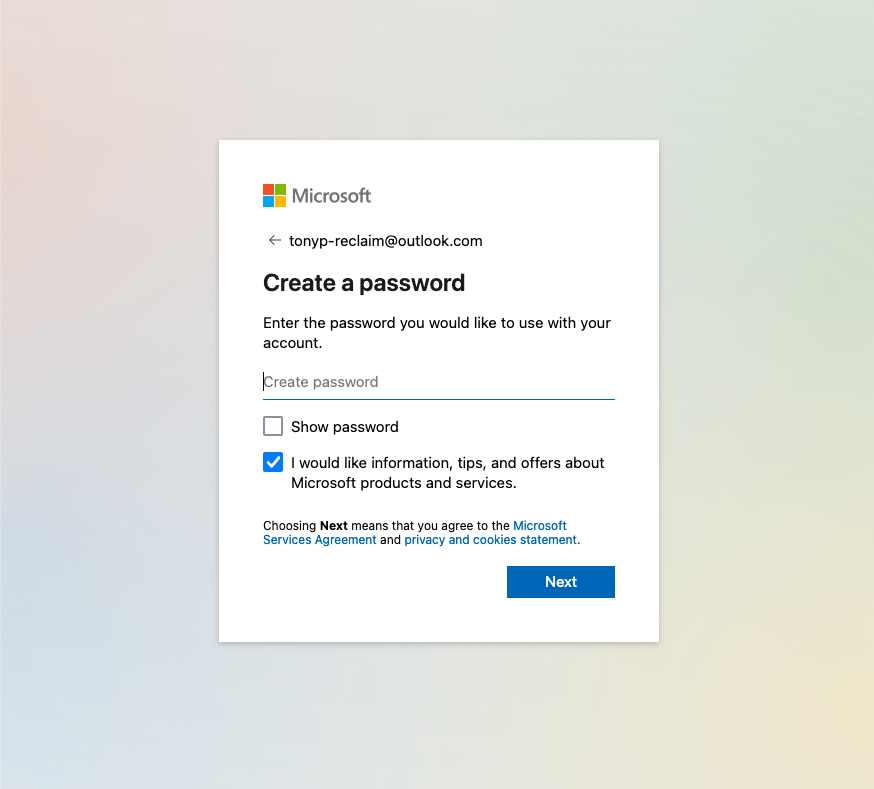
Once you've successfully entered these final details, your Microsoft account will be created and ready to use! You'll be automatically signed in and can start exploring the various Microsoft services and products available to you.
Some things to keep in mind
Congratulations on successfully creating your Microsoft account! Before you get carried away with all the apps and services Microsoft has to offer, here are a few important things to consider:
1. Set up two-factor authentication
Don't skip this essential step! Enabling two-factor authentication provides an extra layer of protection which significantly reduces the risk of unauthorized access,. This could be a code generated by an authenticator app on your phone or a text message sent to your mobile number.
- Why it matters: Even if your password falls into some malicious hands, they still won't have full access to your Microsoft account.
- How to set it up: Navigate to your Microsoft account security settings and look for the two-factor authentication option. Follow the prompts to enable it and choose your preferred verification method.
2. Review privacy settings
Microsoft collects some data about your usage to personalize your experience and improve its services. Take a few minutes to review your privacy settings and make sure you're comfortable with the level of data sharing. You can adjust these settings at any time.
- Where to find them: Go to your Microsoft account privacy dashboard to see and manage your privacy settings.
- What to look for: Pay attention to settings related to data collection, ad personalization, and location tracking.
3. Explore Microsoft services
Now that your account is secure and your privacy preferences are set, it's time to explore! Your Microsoft account gives you access to a wide range of services and products.
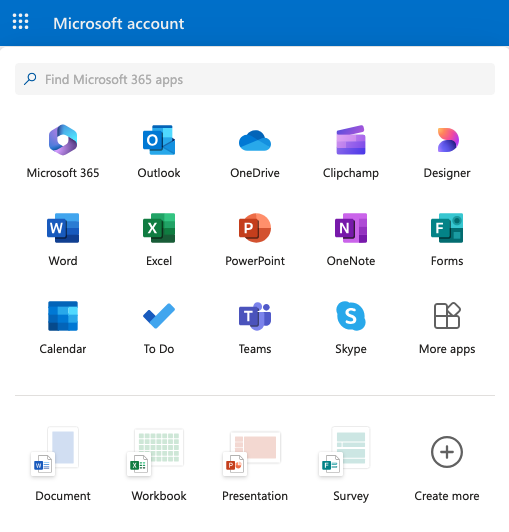
Popular services:
- Outlook: Email and calendar
- OneDrive: Cloud storage
- Xbox: Gaming and entertainment
- Office 365: Productivity suite (Word, Excel, PowerPoint, etc.)
- Microsoft Teams: Communication and collaboration platform
Managing your Microsoft account
Once you've created your Microsoft account, it's essential to keep it updated and secure. Here are some key account management tasks you should be aware of:
- Updating information: Life changes, and so does your information. Make sure to keep your Microsoft account details up-to-date, including your name, email address, phone number, and security information. You can manage this information in your account settings.
- Changing passwords: It's a good security practice to change your password periodically. Choose a new strong password and avoid reusing old ones. You can change your password in your security settings.
- Checking recent activity: Regularly review your recent activity to make sure that only you are accessing your account. If you see any suspicious activity, take immediate action to secure your account.
- Managing connected devices & apps: You can view and manage the devices and apps that are connected to your Microsoft account. This allows you to revoke access to any devices or apps you no longer use or trust.
Get started with your Microsoft account 🖥️
Creating a Microsoft account is a simple yet important step toward accessing a wealth of digital services and products. By following this guide, you've successfully navigated the account creation process and are now ready to explore all that Microsoft has to offer.











